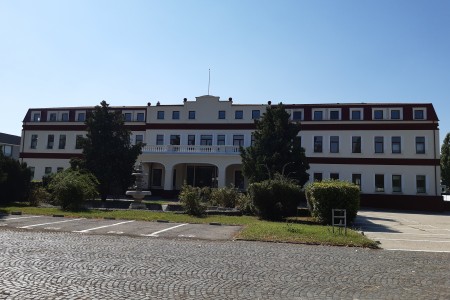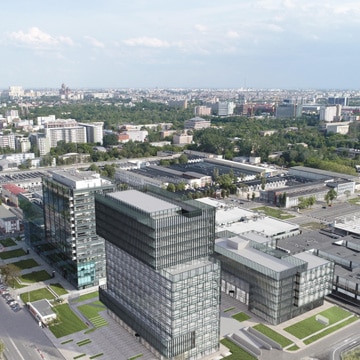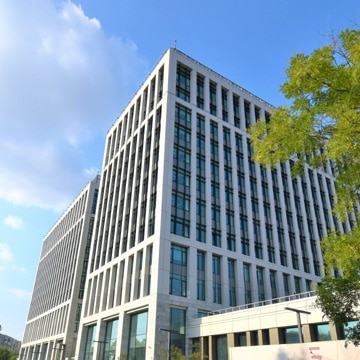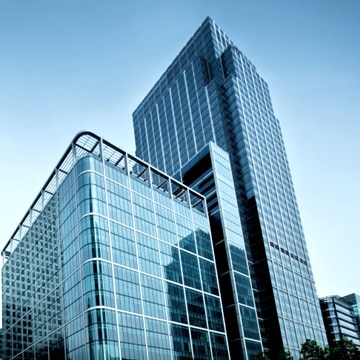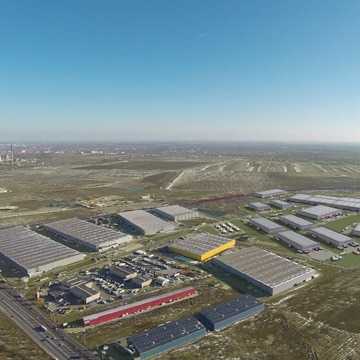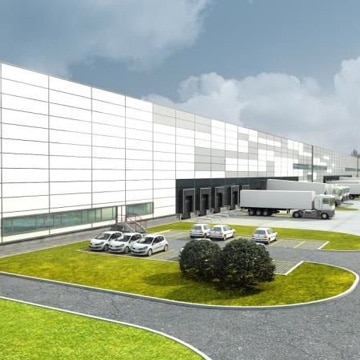In the first part of the year, the early negative signals of the world economic crisis we are facing were felt. There was a visible contraction of the economy in all segments by decreasing demand. The office market also registered a substantial decrease in demand in all sectors. Compared to 2008, there is a decrease in demand of 10-15% in the SME segment and 25-30% in the corporate one.
Old rents have become too burdensome
Most companies tend to stagnate. The main objective is to maintain activity on the waterline, business growth, accumulation of new staff, or increased image capital, being postponed. Most companies report decreases in turnover, in a large percentage compared to 2008 (20-50%). The relocation budgets of the companies have been reduced in direct proportion to the reduction of the profit in these months. In the case of SMEs, but also of medium-sized companies and co-owned companies, budgets have decreased on average by 25-30%.
For an area of 100-150 sqm, the most common budgets do not exceed 1800-2000 EUR. In the case of medium-sized companies, the most sought-after spaces are in class C and B buildings and villas, 200-300 sqm. The average budgets are located between 8-12 EUR / sqm. In the case of large companies, on the corporate segment, class C and B buildings are preferred, the average areas required are 800-1200 sqm. The average budgets are between 10-12 EUR / sqm, according to a study carried out by the real estate company ESOP.
In this context, the owners of vacant buildings were excited in the first part of the year because there seemed to be movement on the market, from those who were trying to optimize their rental budgets. It soon turned out that about 60-70% of companies requesting new headquarters did not have a real need. However, it only tested the market in an attempt to find better rental solutions, which, after discussion, they still found to their former owners, so a small share of the available office supply on the market was occupied. Oversupply on the office market In addition to the rental difficulties created by the tightening of demand, 2009 coincided with an oversupply on the office market in all segments. The vacancy rate is high on all office segments (class A ~ 8-10%, class B and C ~ 12-14%, villas 25-30%) – ESOP source.
A new trend on the market: sub-leasing
In 2008 many companies that moved to new offices rented a surplus of space for an increase in activity in the future; as it has been postponed, they now have to exploit it to optimize their headquarters expenses. In this context, a series of companies with a surplus of office space that will not be used for some time (minimum 1 year), are trying to optimize their costs by subleasing these spaces.
“Most companies trying to sublease get drunk on cold water, hoping to get the same price they got from their owners in 2008. Unfortunately, in many cases, this is no longer possible. A price must be considered realistic, in accordance with the new reality “, says Irina Petrescu from ESOP.
Lower rents
It is no longer a novelty that in all segments, rents decreased considerably between 10-25%, compared to 2008 due to two main causes: over-supply in the market in all sectors and the decrease in the number of potential customers due to the crisis. He is very interested in the significant differences between the offer presentation price and the trading price. Presentation prices vary in the following margins.
Class Zone Real estate class A (I / sqm) Real estate class B (I / sqm) Other buildings (including renovated) (I / sqm) Villas (I / sqm) Heritage villas (I / sqm) Ultra-central (Unirii, University , Romanian) 19-21 15-18 12-14,5 16-17 17-19 Center-North (Victoriei, Charles de Gaulle) 21-24 16-19 13-15 16-18 18-19 Central (areas inside / approach to subway line 1) 16-18 12-15 10-13.5 13-14 13-15 Semi-central (areas outside subway line 1) 11-14 9-12.5 8-11 8-9 ,5 . (Source: ESOP)
Maintenance costs are a sensitive point of the landlord-tenant relationship
«If in 2006 – 2007 the level of maintenance expenses within the high-quality projects varied between 2.8-3.3 Eu / sqm, and for the class B or B + buildings it was between 1.8 and 3 EU / sqm, at at the end of 2008, maintenance costs rose to 4-6 EU / sqm,» says Irina Petrescu, Partner at ESOP. The increase is due to the escalation of utility prices (electricity and gas in particular) and the rise in building management costs (such as cleaning, security, reception, costs with property management companies, etc.).
Although it is a crucial point of the lease with both current and new tenants, few landlords make efforts to find solutions to optimize these costs, under the pretext of being firm contracts with management companies. It is evident that those landlords who will find answers to bring these costs to an acceptable level for tenants will benefit. Only 30% of owners are aware of the new market conditions and act accordingly. However, in the circumstances in which negotiations are practically reached, it is found that some owners do not have enough openness regarding the financial conditions and the rental terms.
It isn’t easy to accept a different reality after a period of accelerated rent growth that culminated in 2008. “Many homeowners remain rigid, hoping for better times. But the time when customers stood in line at buildings is long gone. Any serious client who reaches a negotiation and makes a proposal from the market should not get out of hand, “says Irina Petrescu, ESOP partner.
Forecasts: In the second half of 2009, rents will follow a downward trend, which is likely to continue in 2010; we estimate a 5-10% decrease in rents. At the same time, demand may continue the downward trend against the background of a deterioration of the economic situation; by the end of 2009, a 5-10% decrease in demand is possible in the SME segment and 15-20% in the corporate sector, according to a study by the real estate company ESOP.
That is why the owners, together with the real estate companies, must make more significant efforts to find solutions for the interested clients to relocate during this period to avoid losing clients and remaining with the unoccupied spaces. “In an increasingly competitive market, owners must come up with new ideas and solutions, adapted to new economic realities, both in terms of commercial offer and promotion,” concludes Irina Petrescu from ESOP.



